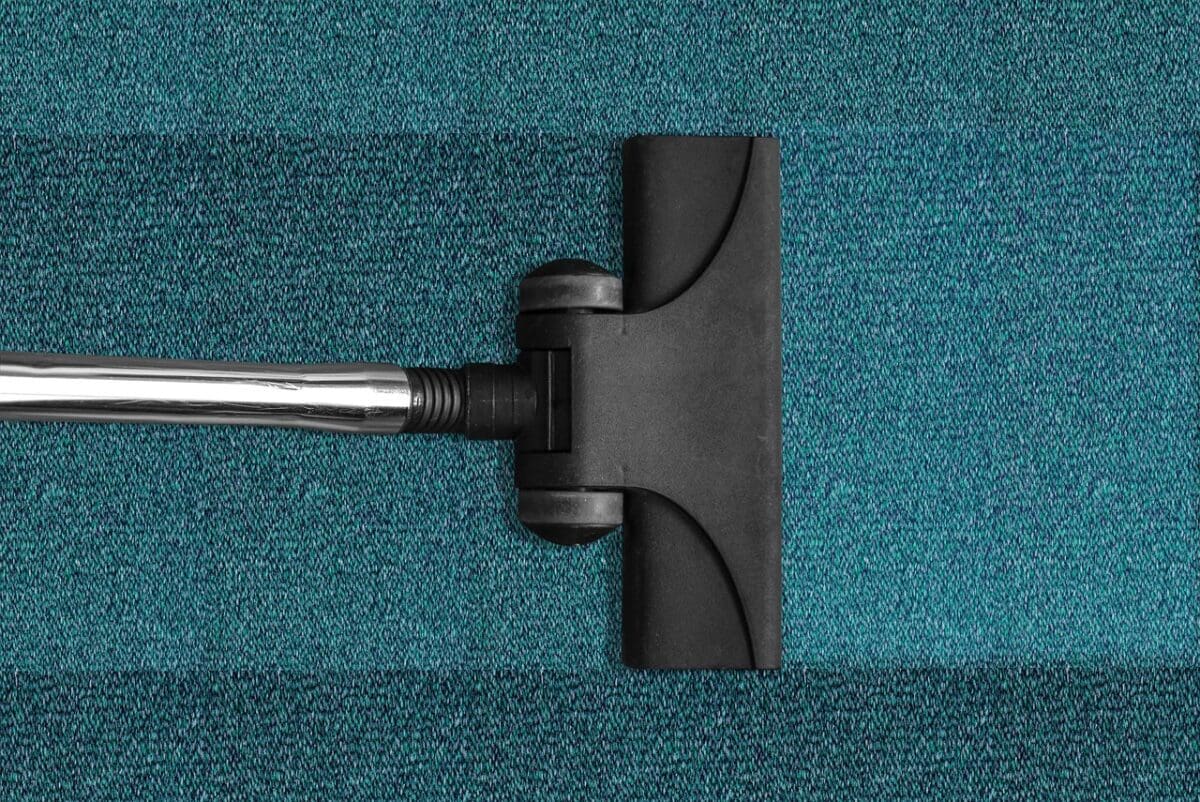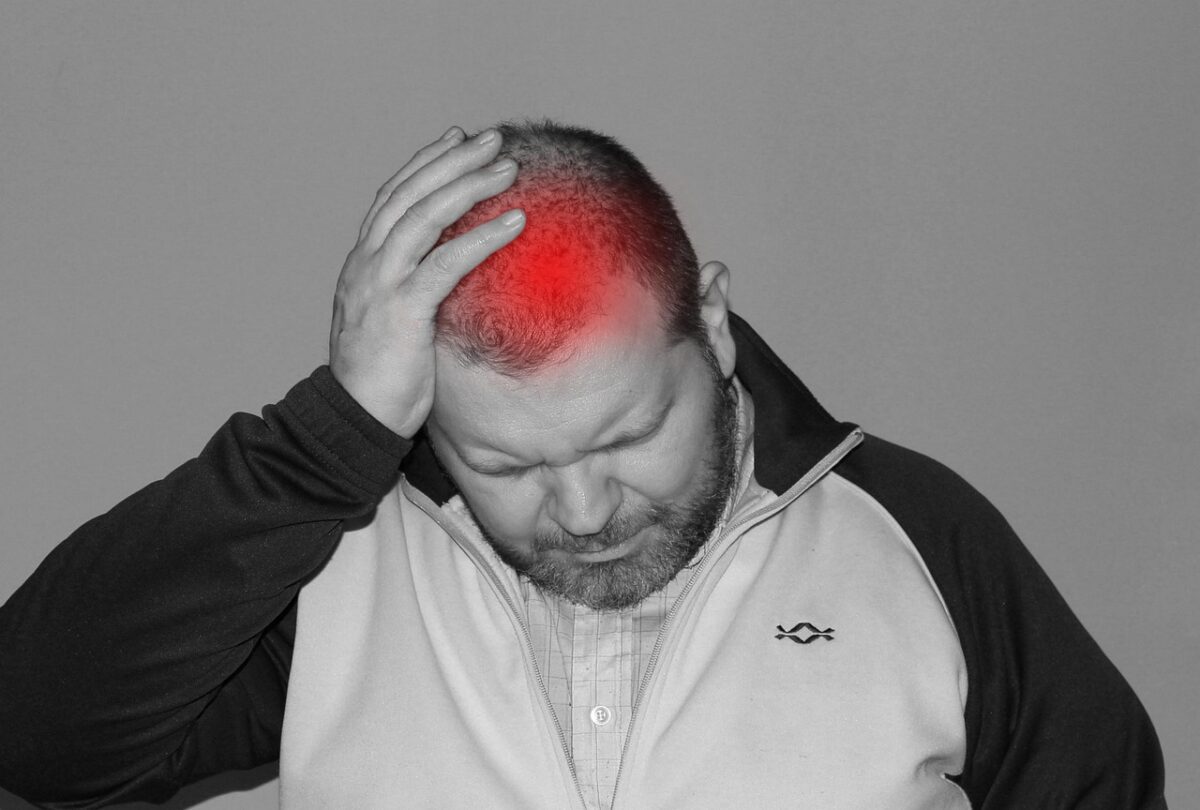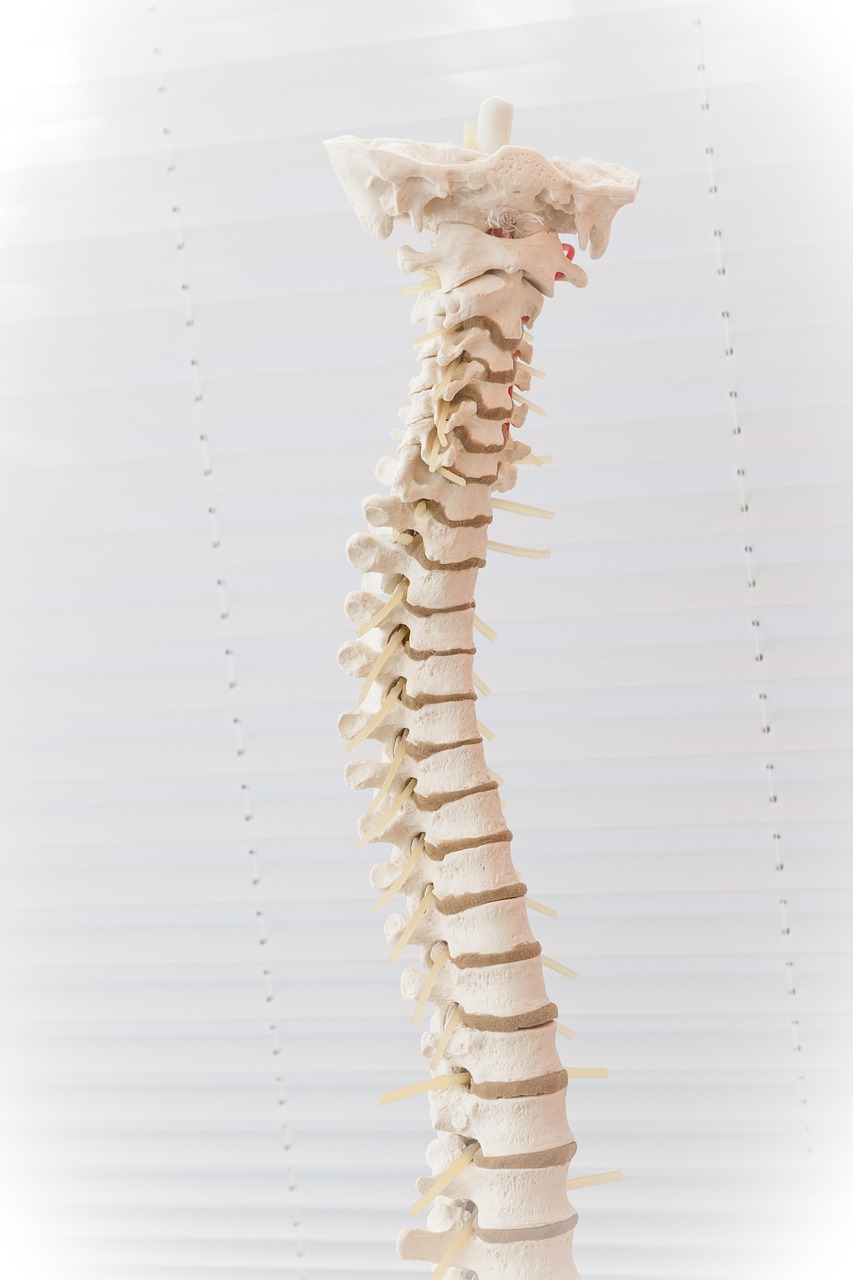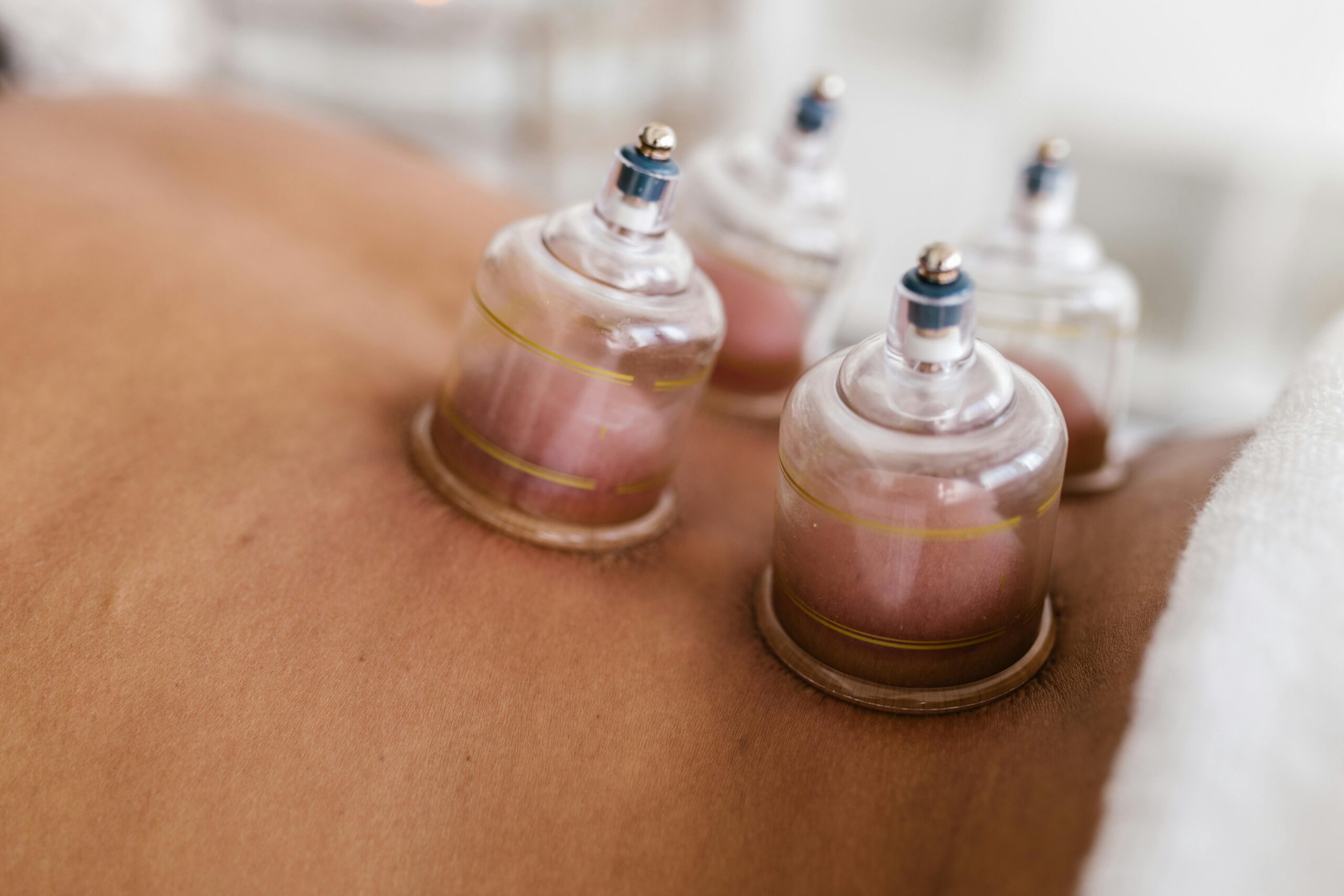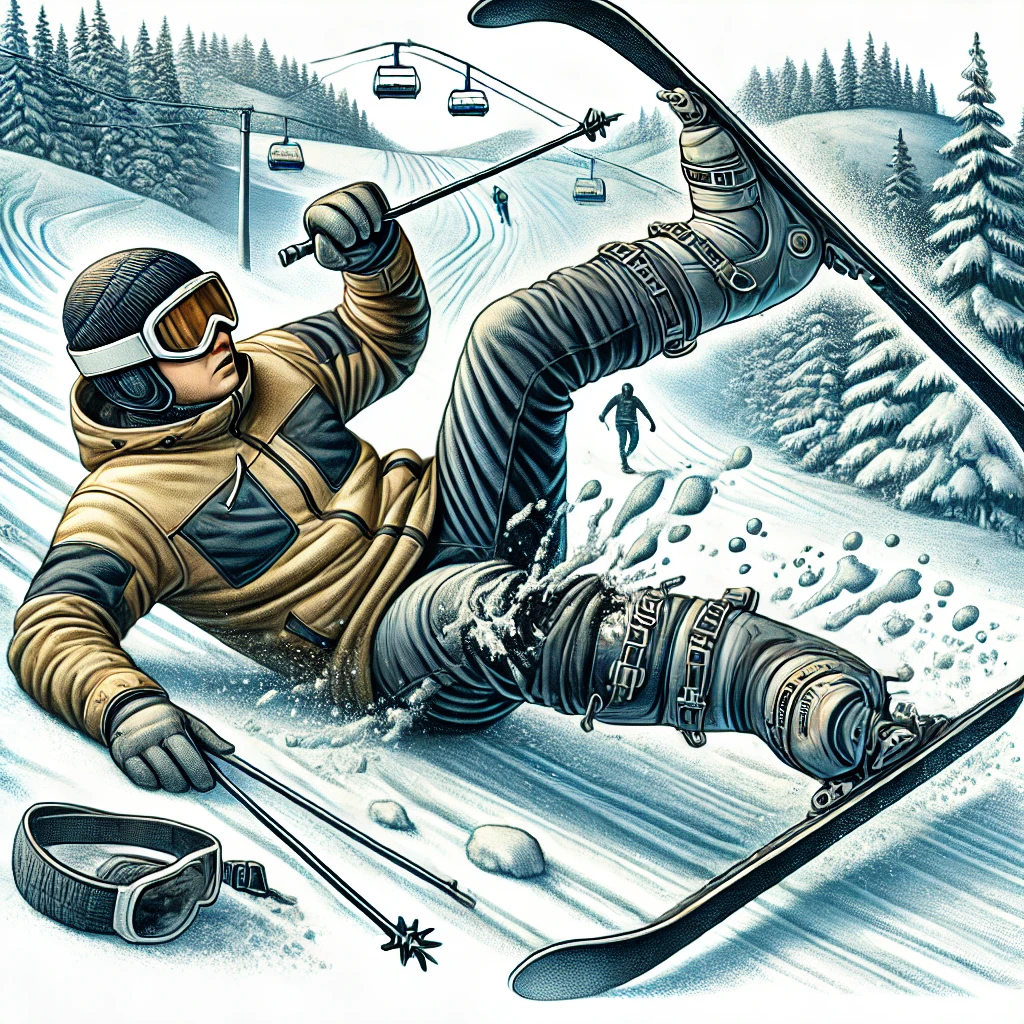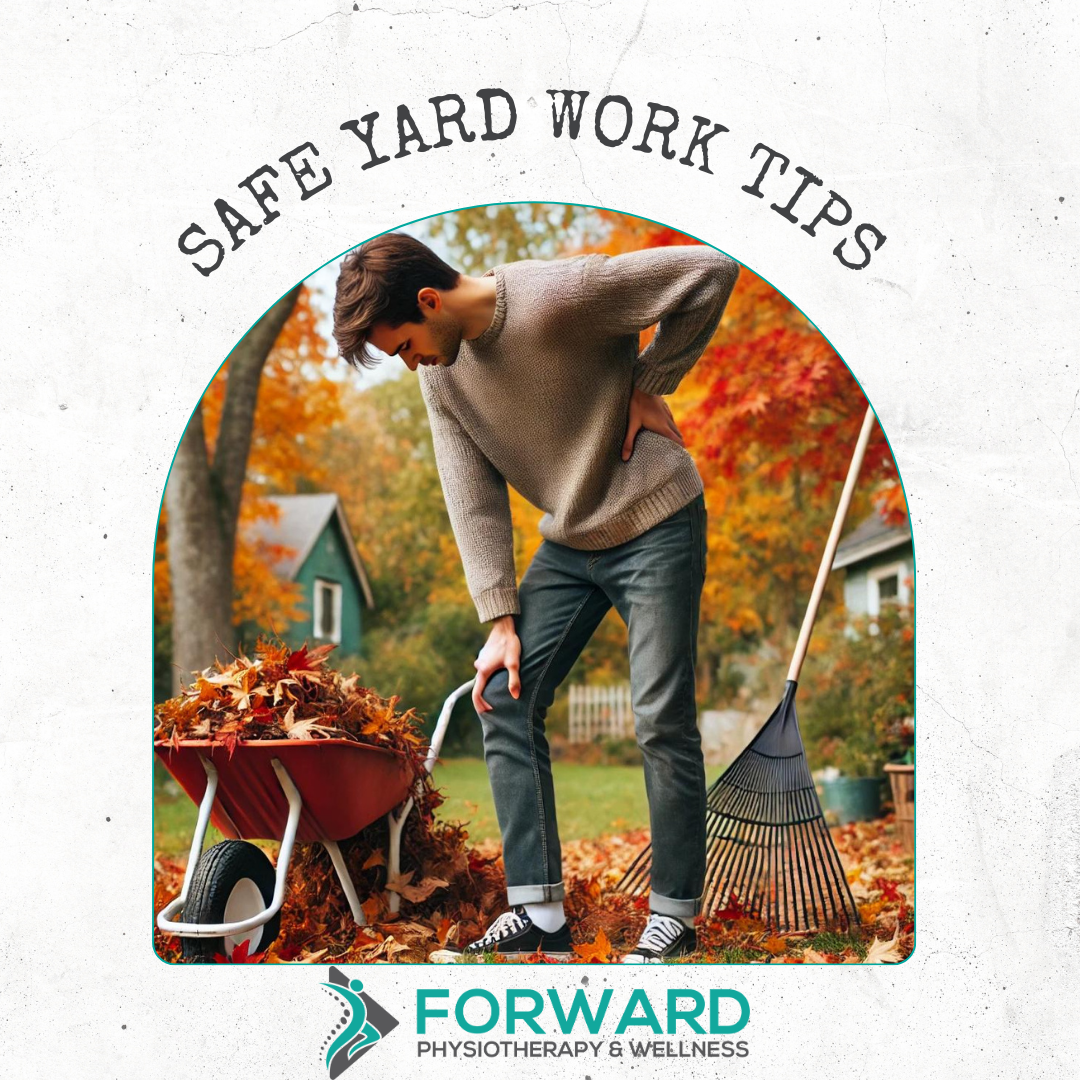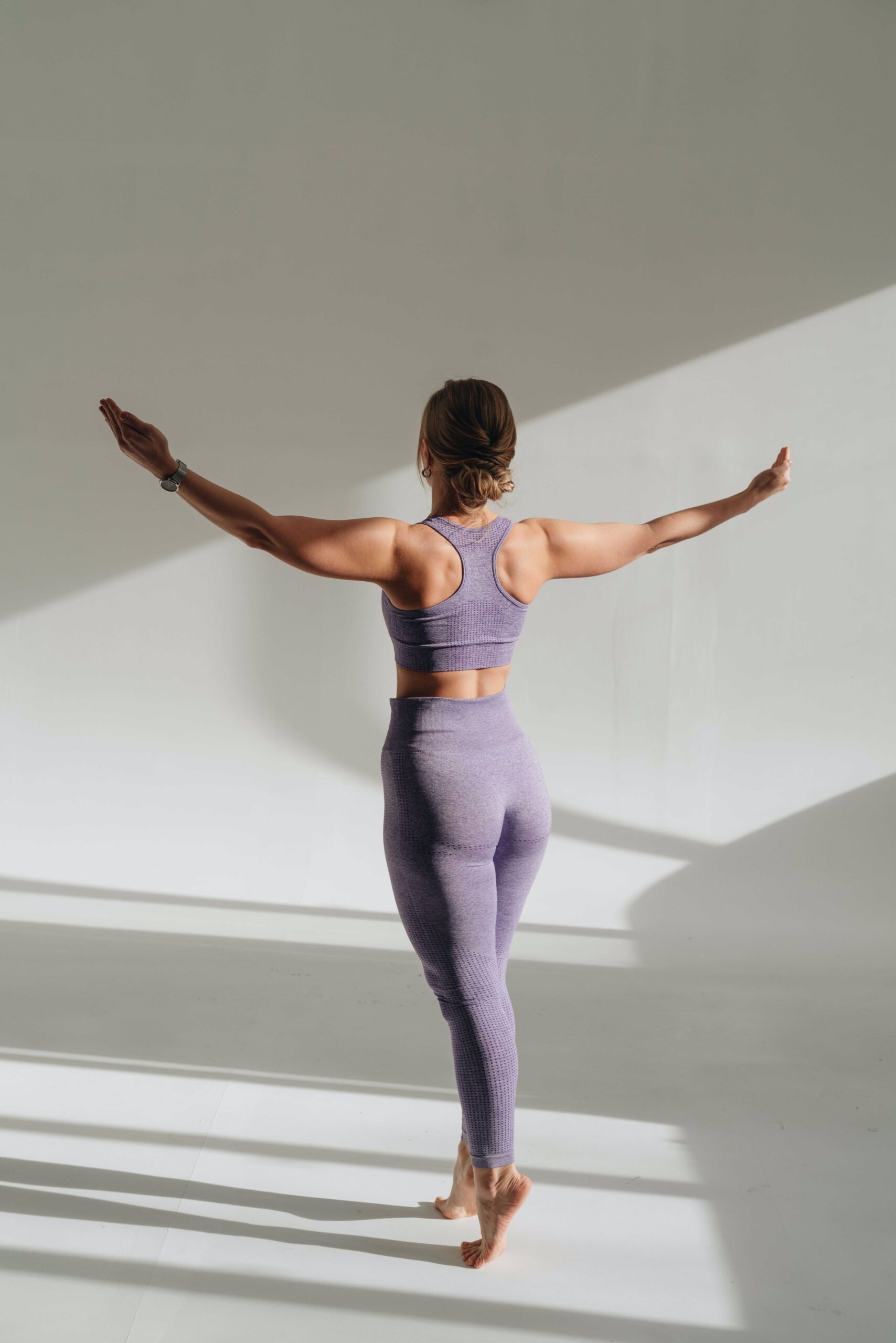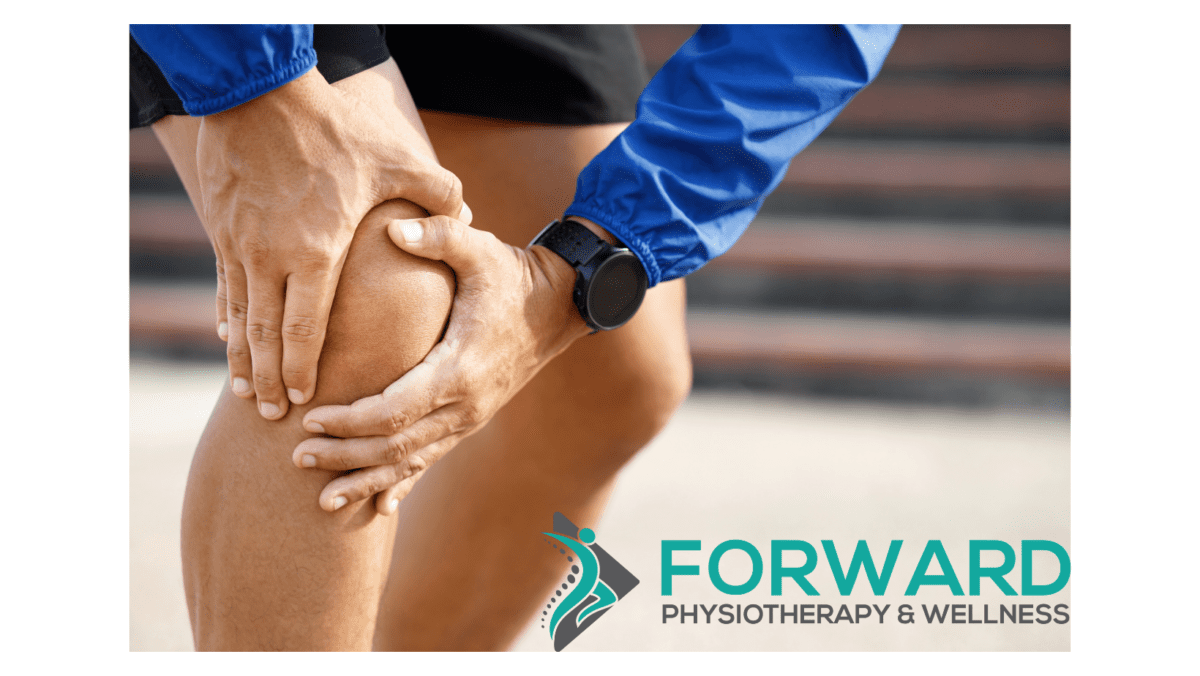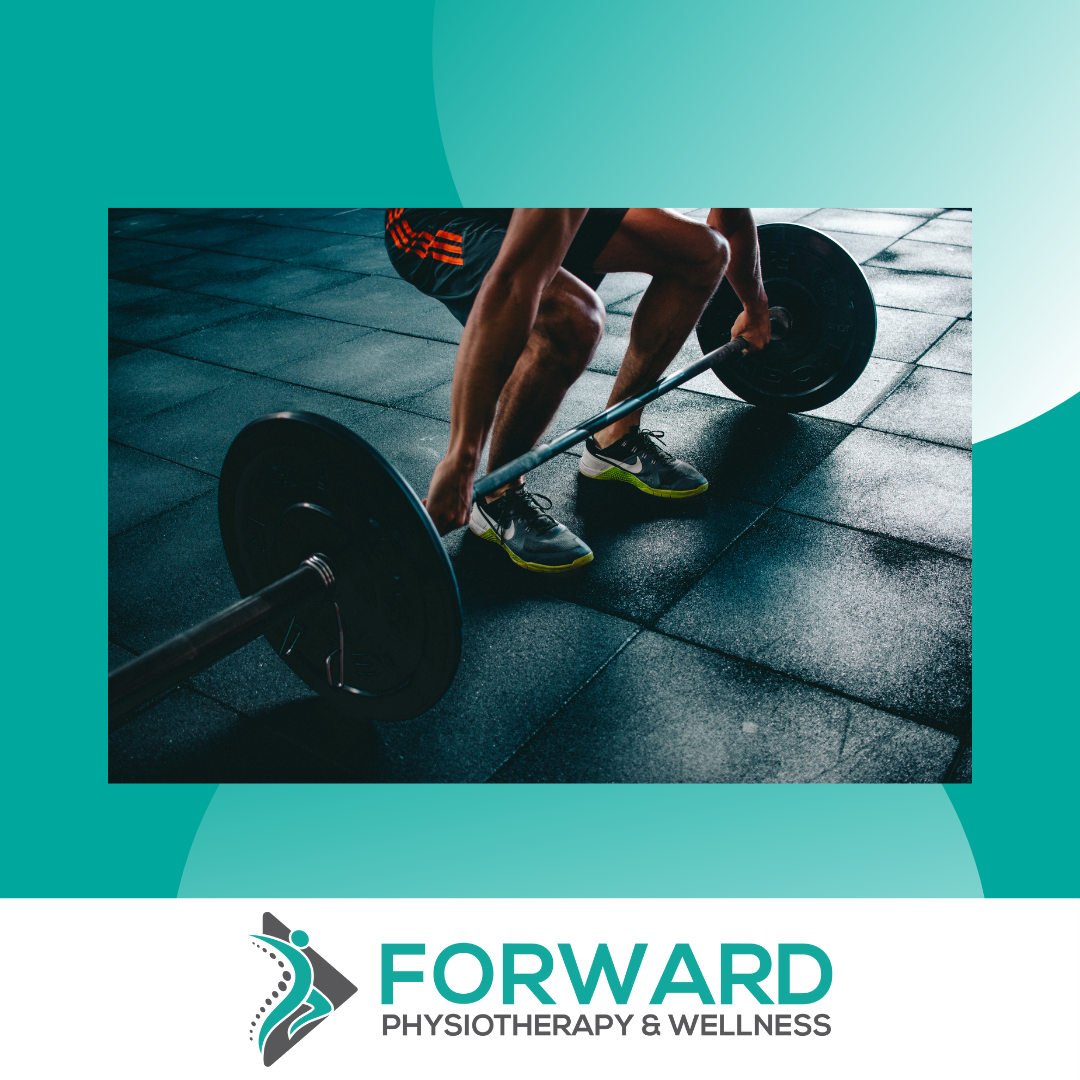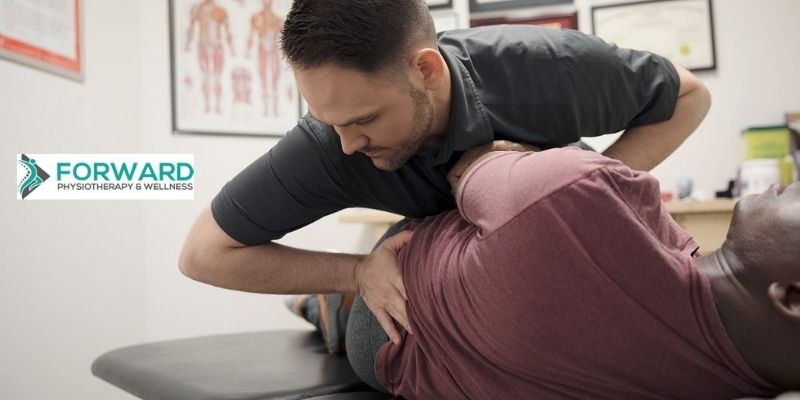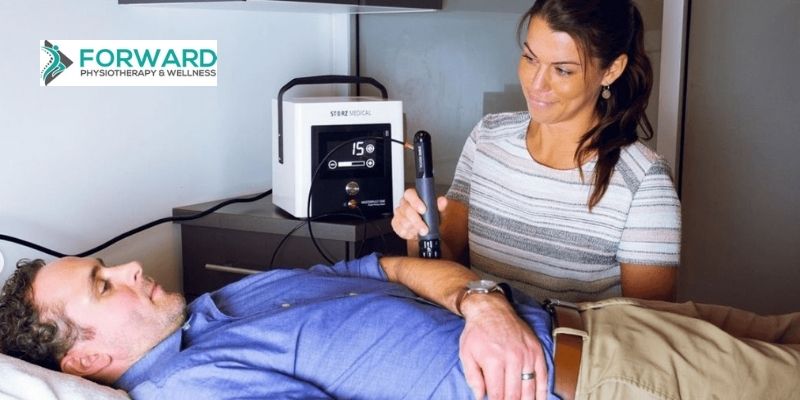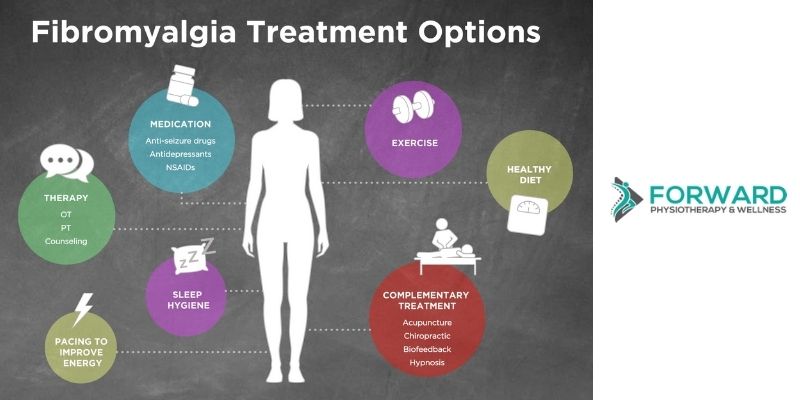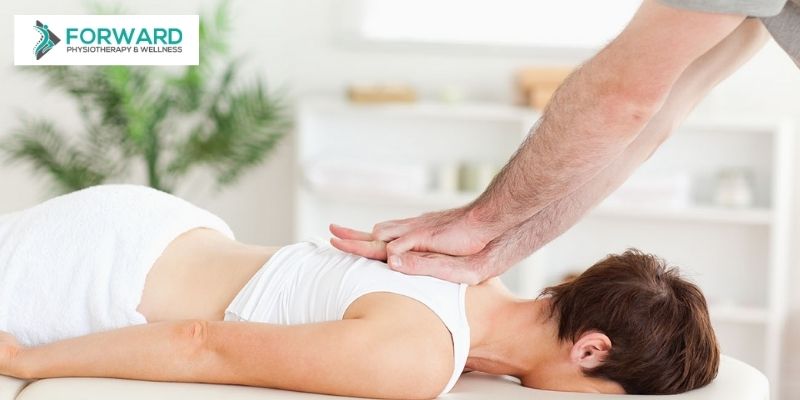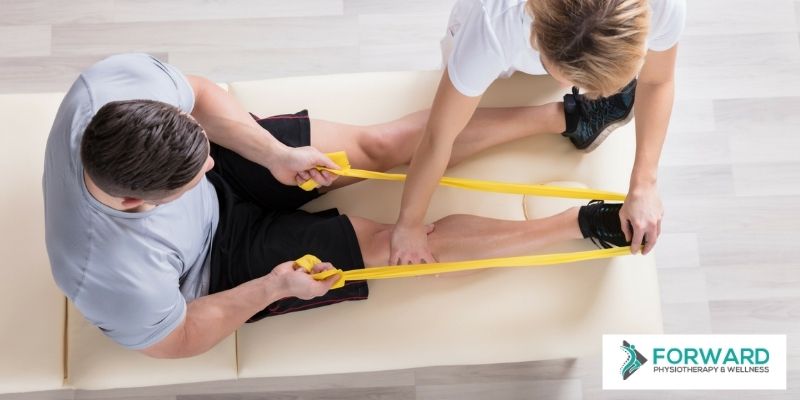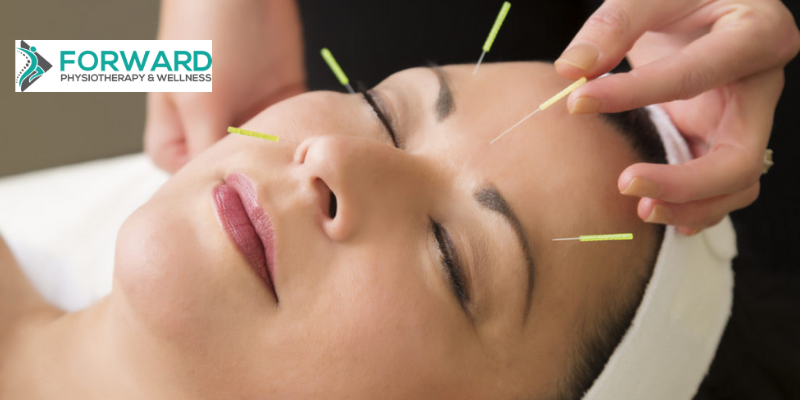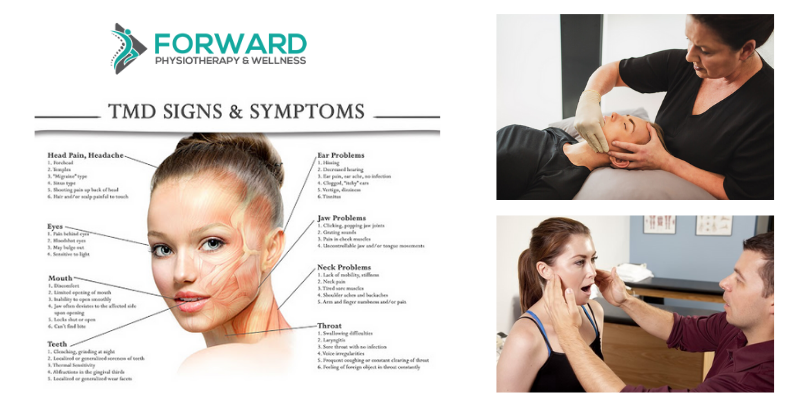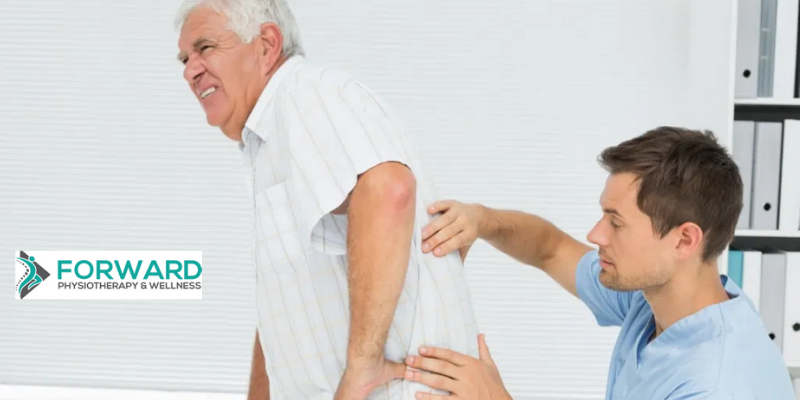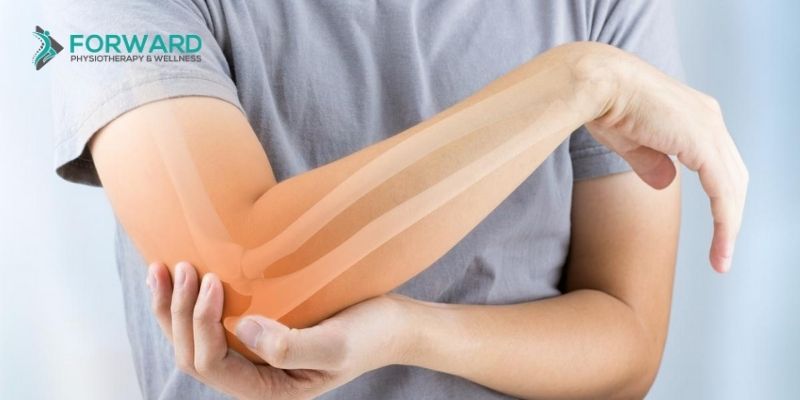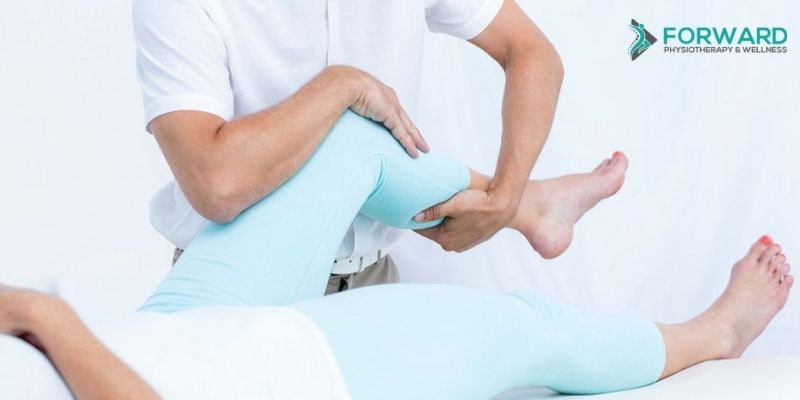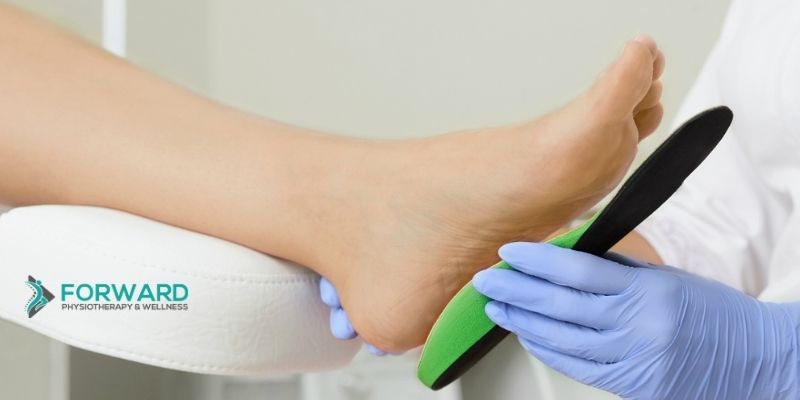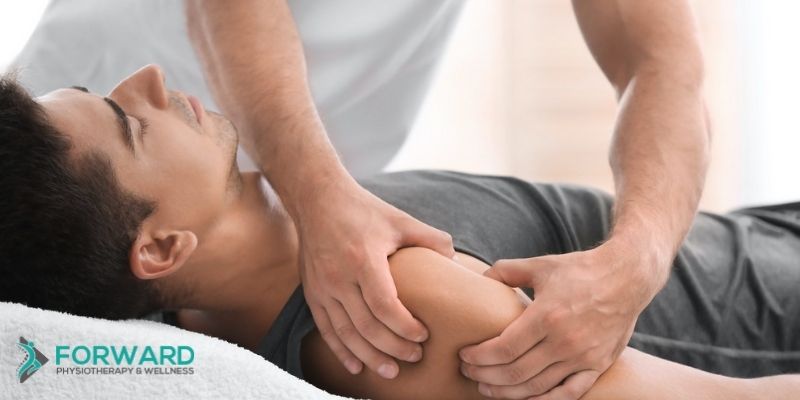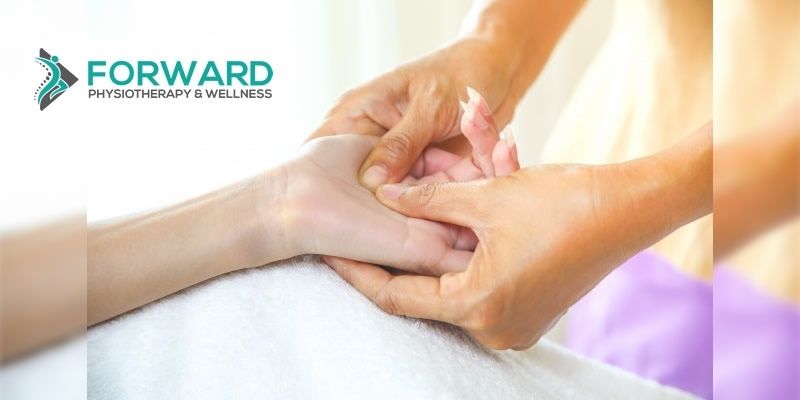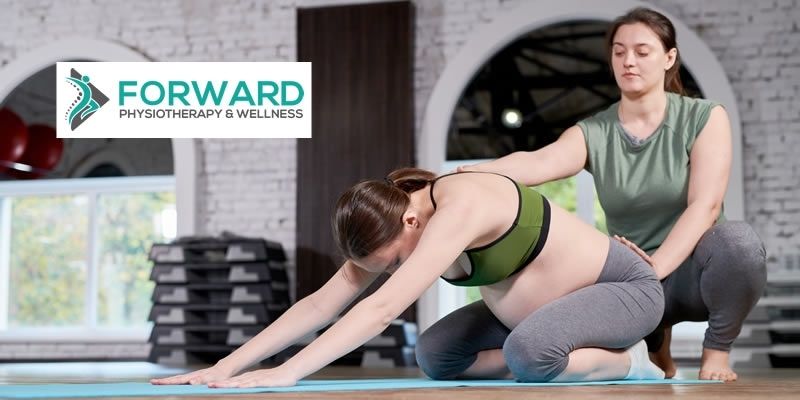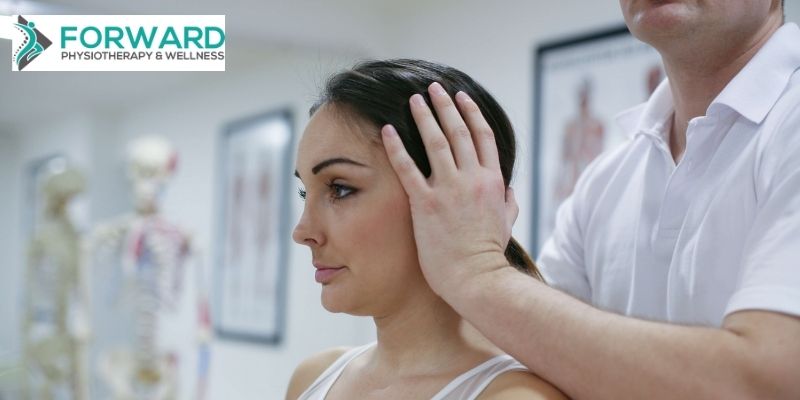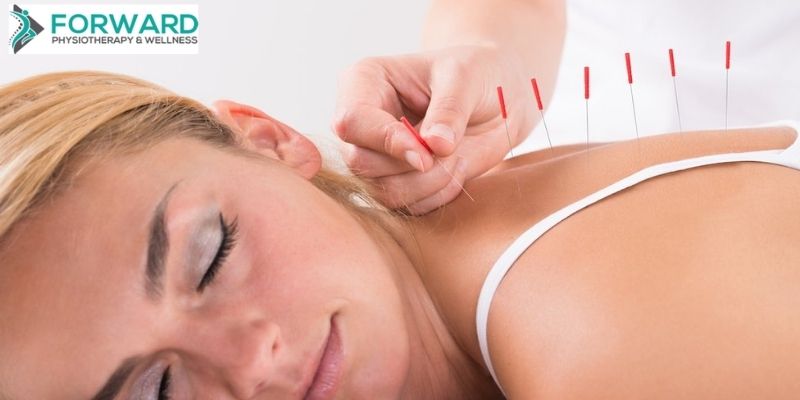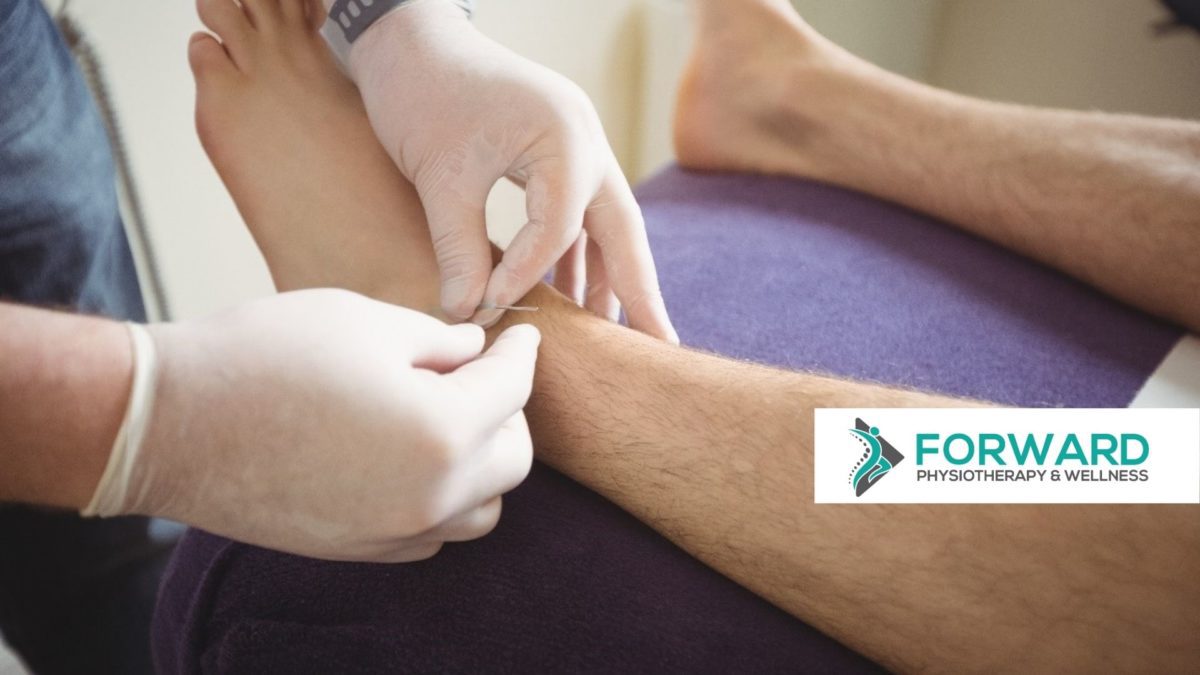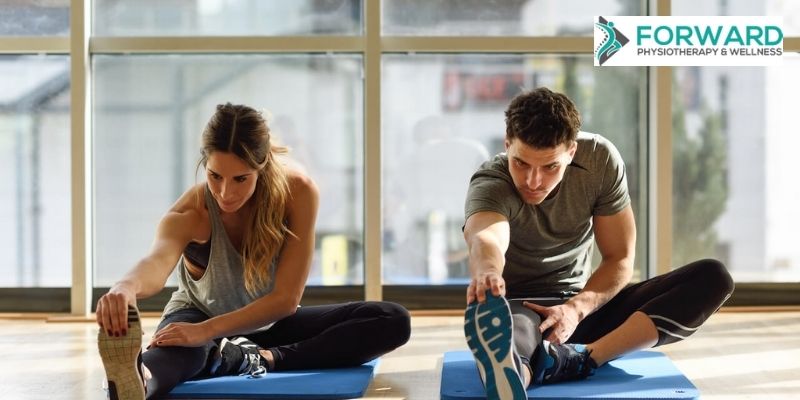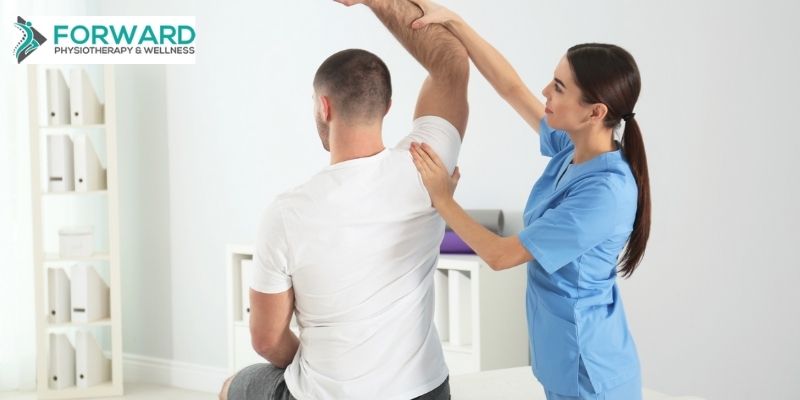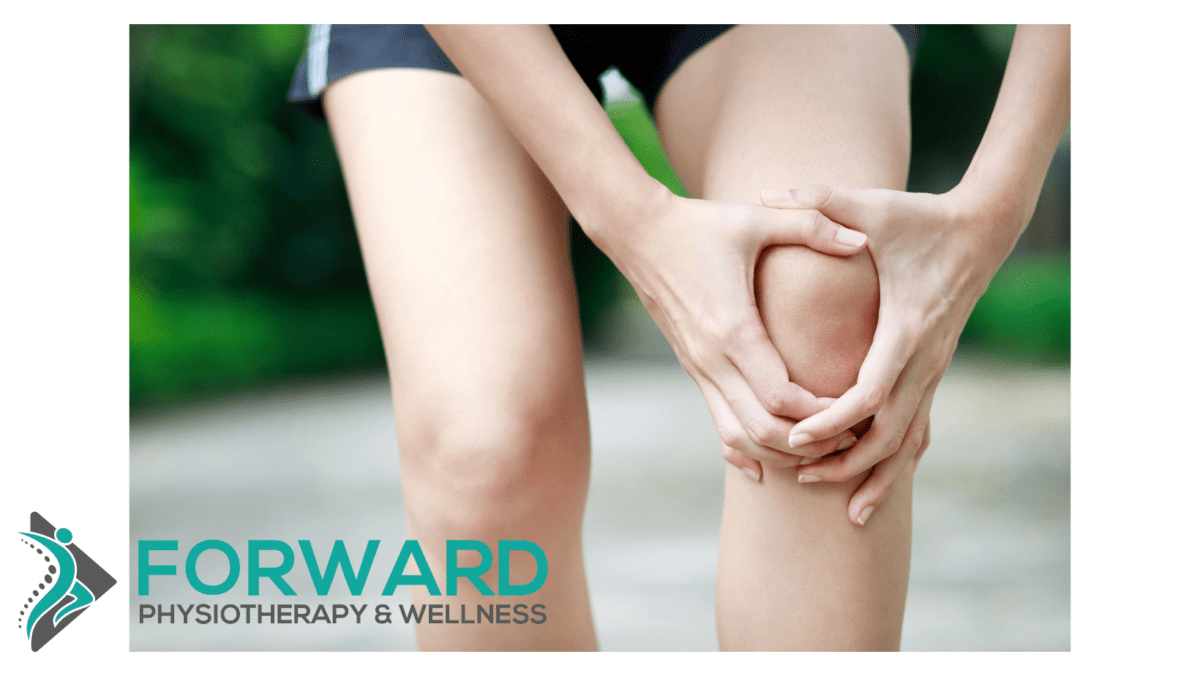
9
May,
2022
Can Physical Therapy Help With Osteoarthritis?
Posted By: Forward Wellness
Osteoarthritis (OA) is a painful, perhaps even debilitating, irreversible condition. You probably already know that, hence why you're asking: Can physical therapy help with osteoarthritis?
While there is currently no cure for OA, one of the most pragmatic ways to manage and delay the progression of this disease is through physical therapy. So, yes, PT does help. Tremendously, in fact, as I will discuss below.
What are the goals of physical therapy for osteoarthritis?
Examine symptom severity and activity difficulties
The moment you enter the doors to the physical therapy clinic, the first thing your PT will do is do a thorough examination. This includes the severity of your symptoms, what movements your job and/or hobbies require, which of those movements or activities you have trouble with, and what your own goals are.Create a program specific to your needs
From the examination, your physical therapist will then formulate an entire program that's tailor-made to your own specific needs. To put things in better perspective, an athlete with osteoarthritis will have a very different program relative to someone who spends most of his/her time sitting in front of a computer. This program not only includes activities and modalities that you will be exposed to while in physical therapy, but also those that you can (and should) do at home.Promote movement to improve fitness and mobility
This is done through exercises that are gradually and safely progressed. These exercises are also aimed at pain relief and to slow down the progression of the disease. Different modalities under thermotherapy, electrotherapy, manual therapy, and other types of therapy for arthritis will also be used to make exercises more painless.Suggest modifications at home, at work, and in leisure
Along with exercise, the use of modalities, and a thorough assessment, physical therapists will also suggest environmental and activity modifications.- For work, this may include ergonomic adjustments with monitor risers, standing desks, or better chairs.
- At home, this could be involve the use of knee wraps, pillows, and mattresses.
- In your leisure time, this could be with knee sleeves or knee braces, shoe inserts, assistive devices, and other products that take pressure off of your joints.
Educate you about your disease
Of the several goals I just listed, this may be the most important. Understanding osteoarthritis as much as you can will be a huge step towards delaying, if not stopping its progression dead in its tracks. If you have any questions about this disease, your sessions with your physical therapist will be the perfect time to ask them. And, should your questions be outside the scope of physical therapy, your PT knows to refer you to someone who's more equipped to give you answers.6 ways physical therapy can help with osteoarthritis
Moving on from goals, below are several specific ways of how physical therapists can help you live better lives despite OA.-
Less pain and controlled inflammation
-
Preserve or improve range of motion
-
Strengthen the muscles around your arthritic joints
-
Better posture and body mechanics
-
Improve your balance to reduce risk of falls
-
Recommend assistive devices and orthotics
Conclusion
In a nutshell, physical therapy helps with osteoarthritis through a number of different principles – from exercise, thermotherapy, electrotherapy, and others. Each of these therapeutic principles will be applied to match your specific needs by a qualified therapist with the goal of delaying the progression of the disease, improving joint health, and helping you live a better quality of life in the process.Resources:
- “Rewiring the Brain to Ease Chronic Pain.” APTA, 1 May 2019, www.apta.org/apta-magazine/2019/05/01/rewiring-the-brain-to-ease-chronic-pain.
- Law, Laura Frey, and Kathleen A Sluka. “How does physical activity modulate pain?.” Pain vol. 158,3 (2017): 369-370. doi:10.1097/j.pain.0000000000000792
- Latham, Nancy, and Chiung-ju Liu. “Strength training in older adults: the benefits for osteoarthritis.” Clinics in geriatric medicine vol. 26,3 (2010): 445-59. doi:10.1016/j.cger.2010.03.006
- “Osteoarthritis and Falls | Arthritis Foundation.” Arthritis Foundation, www.arthritis.org/health-wellness/healthy-living/managing-pain/joint-protection/osteoarthritis-and-falls. Accessed 9 May 2022.
About The Author:
Kris Ceniza is a Physiotherapist in the Phillipines who has a special interest in Knees and Arthritis. He is also the manager for Knee Force.com Learn more here: https://kneeforce.com
Comments : 0




